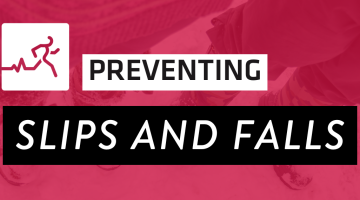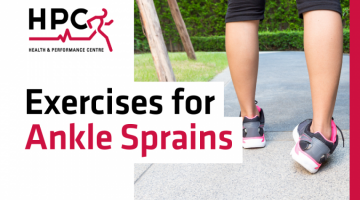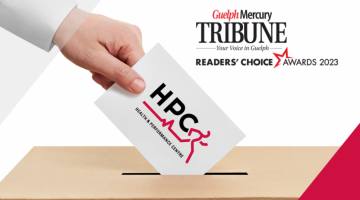Shoulder Separations & Dislocations

Many shoulder injuries occur as a result of a sudden or traumatic event, often a fall. Shoulder separations and dislocations are both common but have very different treatment plans and recovery timelines.
What Causes Shoulder Separations?
Shoulder separations are caused by damage to the ligaments that connect the acromion of the scapula and the clavicle, or the acromioclavicular (AC) joint.
What are the Symptoms of Shoulder Separations?
Symptoms of shoulder separation include:
- A bump on the top of the shoulder
- Shoulder pain
- Limited range of motion
- Swelling
- Bruising
How are Shoulder Separations Diagnosed and Treated?
Shoulder separations are diagnosed along a spectrum of severity from Type I indicating a sprain, to Type VI indicating a ligament tear.
Patients who experience lower grade injuries are generally advised to rest and ice the injury, then seek physical therapy to improve range of motion and strengthen the joint muscles. Typically, minor shoulder separations are healed after a few weeks.
Patients who experience a severe separation may be advised to undergo surgery to repair the ligaments. This reparative surgery can be done arthroscopically, resulting in less postoperative pain and a shorter recovery period than traditional surgery.
What are Shoulder Dislocations?
Shoulder dislocations occur when the humerus bone of the upper arm shifts within, or out of the shoulder girdle. If the head of the humerus moves out of the girdle towards the front of the body, this is considered anterior dislocation.
Likewise, a posterior dislocation occurs if the head of the humerus moves out of the shoulder girdle towards the back of the body.
What are the Symptoms of Shoulder Dislocations?
Individuals with a dislocated shoulder may experience the following:
- Intense pain
- Visible deformation of the shoulder joint
- Swelling
- Bruising
- Nerve damage may also result and cause numbness or tingling, and muscle spasms in the shoulder
How are Shoulder Dislocations Treated?
The first treatment of a dislocation is a reduction of the shoulder which involves putting the humerus back into place. This can be done by manipulating the joint but may require muscle relaxants of sedatives depending on the level of pain that the patient is experiencing.
Once the joint is reduced, the extent of ligament damage will be assessed by a doctor. If damage to the ligament is severe, arthroscopic surgery can be done to repair the ligament. After surgery, physical therapy is used to help return the function and range of motion back to normal.
Full recovery may take several months. Non-operative injuries will be immobilized with a sling before starting physical therapy to strengthen the joint.
Whether you decide to have surgery or take a non-operative approach, our team of physiotherapists at the Health and Performance Centre are here to guide you through the rehabilitation process.
*About the HPC Student Volunteer Program*
Each year, approximately 30 University of Guelph students are selected following a competitive application process to take part in the “HPC Volunteer Program.” This program provides an opportunity for U of G student volunteers to translate their academic knowledge into practice, while gaining first-hand experience and mentorship from the team of certified physiotherapists and chiropractors at the University of Guelph’s Health and Performance Centre. As a result of this exceptional partnership between the University of Guelph and the HPC practitioners, students can gain valuable insight on evidence-based practice prior to graduating from their respective programs. Click here for more information on co-curricular experiential learning opportunities at the University of Guelph. This article was written by members of the 2021-22 HPC Student Volunteer Program.
References
Shoulder separation and dislocation: An overview. (n.d.). Retrieved March 28, 2021, from https://www.hss.edu/conditions_shoulder-separation-dislocation-overview.asp
Dislocated shoulder. (2020, August 01). Retrieved March 28, 2021, from https://www.mayoclinic.org/diseases-conditions/dislocated-shoulder/diagnosis-treatment/drc20371720



